Hubble Space Telescope
Hubble Space Telescope
You’ve probably heard of our Hubble Space Telescope, but have you had the chance to actually take a look at the amazing images it has captured for us over the years? Since Hubble launched in April 1990, it has made more than 1.2 million observations, some to locations more than 13.4 billion light years from Earth!
Hubble can see astronomical objects with an angular size of 0.05 arc seconds, which is like seeing a pair of fireflies in Tokyo from your home in Maryland…yea, that’s pretty far! This accuracy allows us to see images like this one of Little Gem Nebula, roughly 6,000 light-years away from us.

Images from Hubble are regularly released to the public, and are some of the most breathtaking views in the Universe. Images like this one of Lagoon Nebula, in the constellation of Sagittarius, not only make for amazing desktop screen-savers, but provide us with valuable scientific information about distant stars and galaxies, as well as the planets in our solar system.

We recently celebrated Hubble’s 25th Anniversary, and look forward to many more years of discovery and captivating images.
More Posts from Space-m17-blog and Others
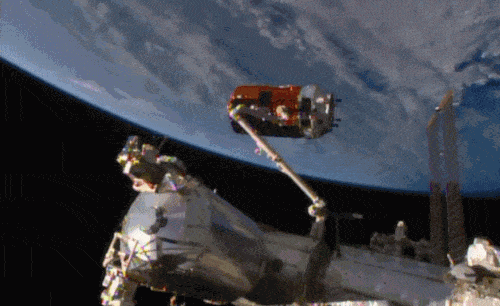
Aboard the International Space Station this morning, Astronaut Kimiya Yui of the Japan Aerospace Exploration Agency (JAXA) successfully captured JAXA’s Kounotori 5 H-II Transfer Vehicle (HTV-5) at 6:28 a.m. EDT.
Yui commanded the station’s robotic arm, Canadarm2, to reach out and grapple the HTV-5, while NASA astronauts Kjell Lindgren provided assistance and Scott Kelly monitored HTV-5 systems. The HTV-5 launched aboard an H-IIB rocket at 7:50 a.m. Wednesday, Aug. 19, from the Tanegashima Space Center in southern Japan. Since then, the spacecraft has performed a series of engine burns to fine-tune its course for arrival at the station.
The HTV-5 is delivering more than 8,000 pounds of equipment, supplies and experiments in a pressurized cargo compartment. The unpressurized compartment will deliver the 1,400-pound CALorimetric Electron Telescope (CALET) investigation, an astrophysics mission that will search for signatures of dark matter and provide the highest energy direct measurements of the cosmic ray electron spectrum.
Below is a breathtaking image shared by Astronaut Scott Kelly of the HTV-5 and Canadarm2, which reached out and grappled the cargo spacecraft.


The night sky. 09/03/15 Watch as the colour of the sky changes due to the rising Moon. This was a 4 hour time lapse recorded last night from 21:00-01:00.

The Beauty of Earth


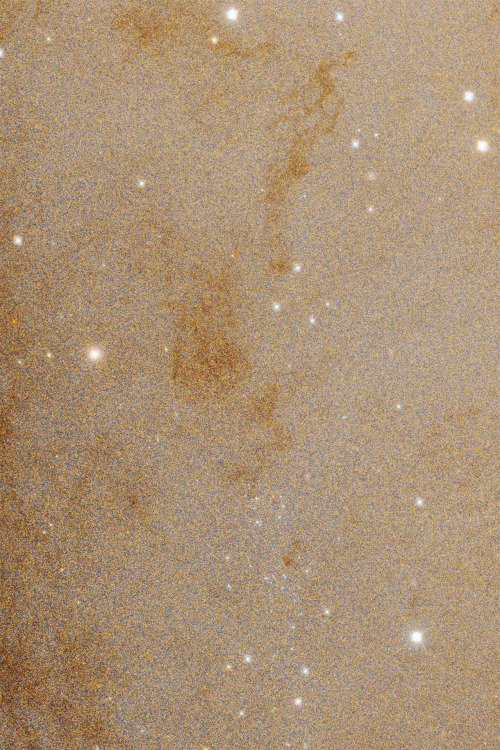
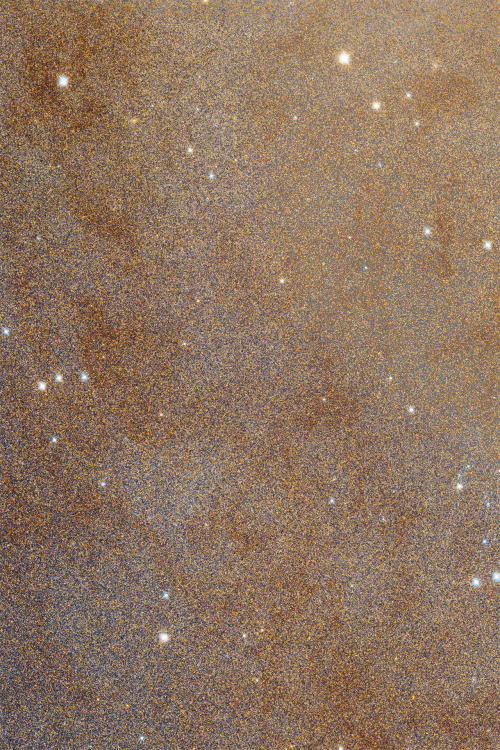
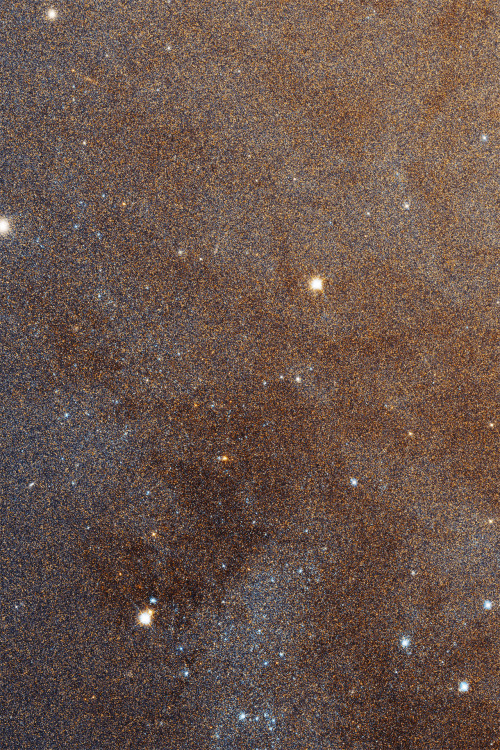
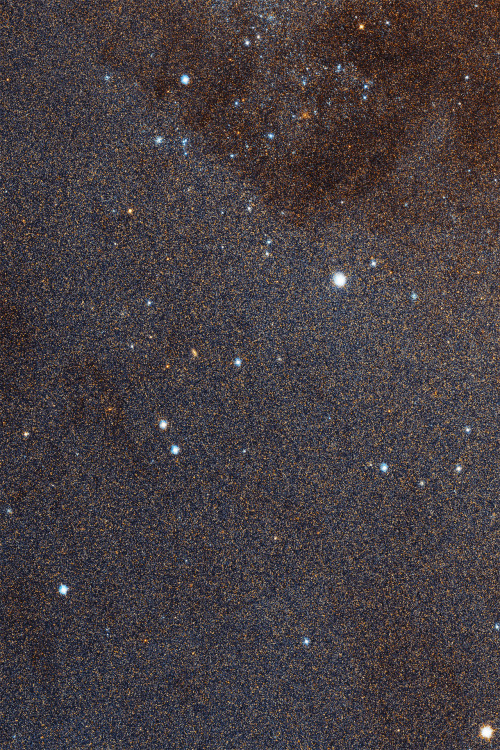
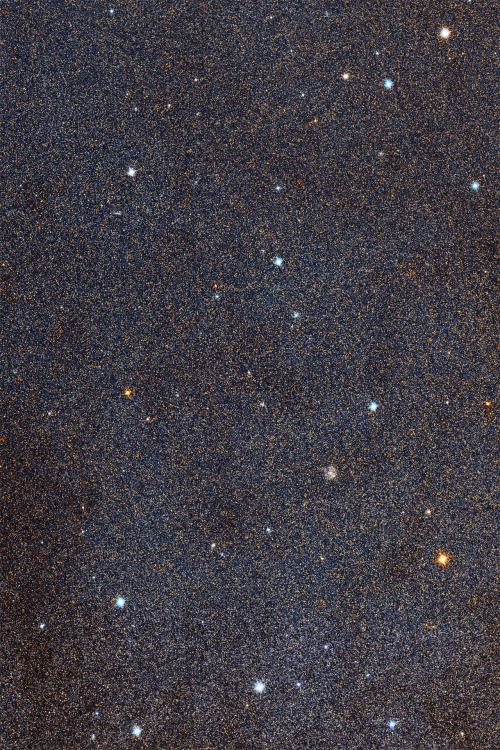
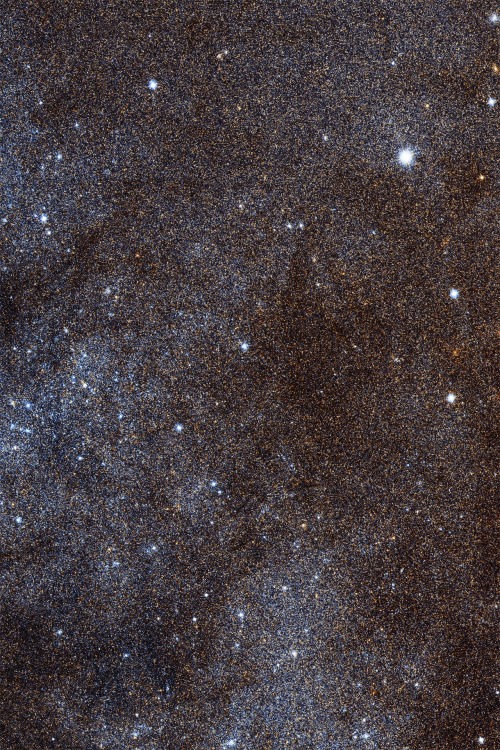
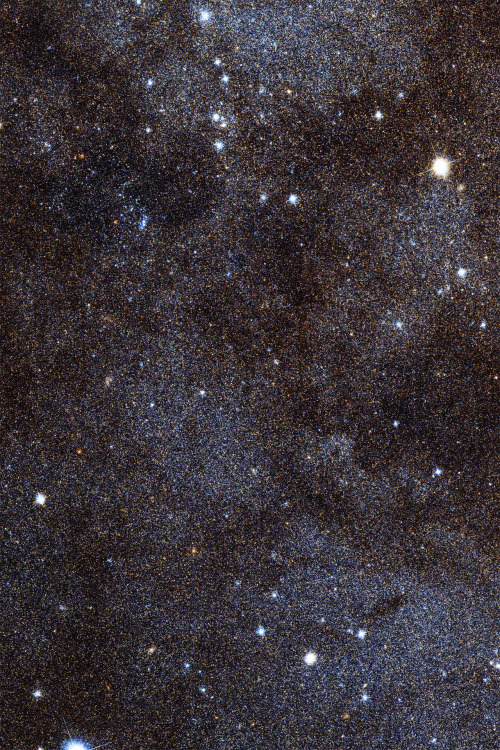
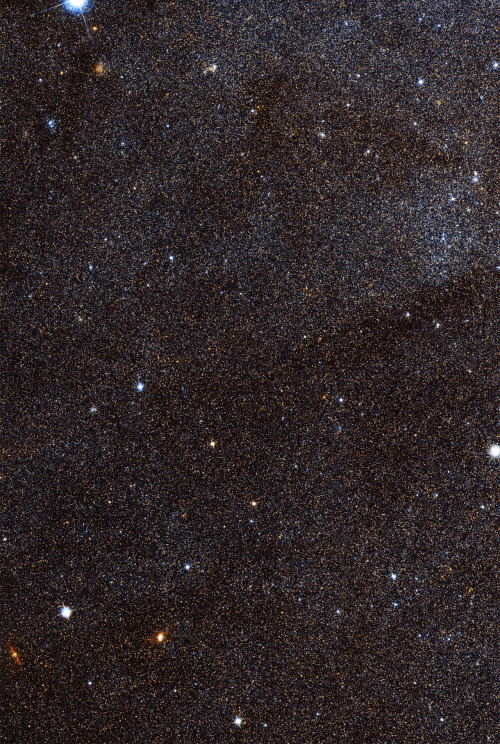
The largest image of the Andromeda Galaxy ever created. (69536 x 22230 pixels) Source; NASA/ESA Hubble Space Telescope
Why do we explore? Simply put, it is part of who we are, and it is something we have done throughout our history. In “We Are the Explorers,” we take a look at that tradition of reaching for things just beyond our grasp and how it is helping us lay the foundation for our greatest journeys ahead. So what are we doing to enable exploration? We’re building the Orion spacecraft is built to take humans farther than they’ve ever gone before. Orion will serve as the exploration vehicle that will carry the crew to space, provide emergency abort capability, sustain the crew during the space travel, and provide safe re-entry from deep space return velocities. Orion will launch on NASA’s new heavy-lift rocket, the Space Launch System.
Also underway, is Astronaut Scott Kelly’s Year In Space. Kelly is living and working off the Earth, for the Earth aboard the station for a yearlong mission. Traveling the world more than 220 miles above the Earth, and at 17,500 mph, he circumnavigates the globe more than a dozen times a day conducting research about how the body adapts and changes to living in space for a long duration.

Interstellar bow

New Horizons: Enhanced false-color mosaic of Pluto, July 14th 2015
New Horizons scientists use enhanced color images to detect differences in the composition and texture of Pluto’s surface. When close-up images are combined with color data from the Ralph instrument, it paints a new and surprising portrait of the dwarf planet. The “heart of the heart,” Sputnik Planum, is suggestive of a source region of ices. The two bluish-white “lobes” that extend to the southwest and northeast of the “heart” may represent exotic ices being transported away from Sputnik Planum. Four images from New Horizons’ Long Range Reconnaissance Imager (LORRI) were combined with color data from the Ralph instrument to create this enhanced color global view. The images, taken when the spacecraft was 280,000 miles (450,000 kilometers) away, show features as small as 1.4 miles (2.2 kilometers).
Image Credit: NASA/JHUAPL/SwRI




White holes
White holes are hypothetically the complete opposite of a black hole; nothing can enter it. They appear in the theory of Eternal Black holes. Einstein field equations would position white holes in the past which is also the opposite of black hole regions placed in the future. The white hole shares the same properties as matter. It has a gravitational pull but objects traveling towards it would never reach the event horizon. The white hole event horizon in the past becomes a black hole event horizon in the future thus any object heading to the event horizon for the white hole will eventually end up on the event horizon on the black hole. Stephen Hawking made the argument that because black holes can be in a time-reversal-invariant state, this would imply that black holes and white holes are the same object. The Hawking radiation from the black hole is identified being emitted from the white hole.
There is much much more to white holes than this and many different theories. I like the idea of a white hole being the output for the black hole forming an Einstein-Rosen bridge. However, there are currently no known processes for how white holes are formed, they are not like a black hole which is formed from the collapse of a very large object.
A great paper to help you understand one of the current white hole theories is found on thins like http://arxiv.org/vc/arxiv/papers/1105/1105.2776v1.pdf
New Video! What is an Elliptical Galaxy?
Follow Evanthorizon for more astronomy posts!
-
 wtfisdarius liked this · 4 months ago
wtfisdarius liked this · 4 months ago -
 beachgirly23 liked this · 3 years ago
beachgirly23 liked this · 3 years ago -
 sweetbutterbliss reblogged this · 4 years ago
sweetbutterbliss reblogged this · 4 years ago -
 sweetbutterbliss liked this · 4 years ago
sweetbutterbliss liked this · 4 years ago -
 iashawke liked this · 6 years ago
iashawke liked this · 6 years ago -
 cupcakesarebetterthanboys liked this · 7 years ago
cupcakesarebetterthanboys liked this · 7 years ago -
 lucyysalinas1-blog liked this · 7 years ago
lucyysalinas1-blog liked this · 7 years ago -
 rosareblog liked this · 8 years ago
rosareblog liked this · 8 years ago -
 bunnydolly42 reblogged this · 8 years ago
bunnydolly42 reblogged this · 8 years ago -
 decadentturtlehideout-blog liked this · 8 years ago
decadentturtlehideout-blog liked this · 8 years ago -
 dreamedaboutu-blog liked this · 9 years ago
dreamedaboutu-blog liked this · 9 years ago -
 princ-jujuba reblogged this · 9 years ago
princ-jujuba reblogged this · 9 years ago -
 princ-jujuba liked this · 9 years ago
princ-jujuba liked this · 9 years ago -
 kittiescatscats liked this · 9 years ago
kittiescatscats liked this · 9 years ago -
 intelegencesector reblogged this · 9 years ago
intelegencesector reblogged this · 9 years ago -
 intelegencesector liked this · 9 years ago
intelegencesector liked this · 9 years ago -
 dannysgreenpants liked this · 9 years ago
dannysgreenpants liked this · 9 years ago -
 whatchamacallitthingy reblogged this · 9 years ago
whatchamacallitthingy reblogged this · 9 years ago -
 medblr-td liked this · 9 years ago
medblr-td liked this · 9 years ago -
 captain-marvels reblogged this · 9 years ago
captain-marvels reblogged this · 9 years ago -
 brainscrawls reblogged this · 9 years ago
brainscrawls reblogged this · 9 years ago -
 phobosanomaly liked this · 9 years ago
phobosanomaly liked this · 9 years ago -
 majorsamanthacarter reblogged this · 9 years ago
majorsamanthacarter reblogged this · 9 years ago -
 starchild-quinn reblogged this · 9 years ago
starchild-quinn reblogged this · 9 years ago -
 starchild-quinn liked this · 9 years ago
starchild-quinn liked this · 9 years ago -
 tyirsb15 reblogged this · 9 years ago
tyirsb15 reblogged this · 9 years ago -
 dietdad reblogged this · 9 years ago
dietdad reblogged this · 9 years ago -
 soft-tender-skin reblogged this · 9 years ago
soft-tender-skin reblogged this · 9 years ago -
 yukibeta reblogged this · 9 years ago
yukibeta reblogged this · 9 years ago -
 geekeryisafoot reblogged this · 9 years ago
geekeryisafoot reblogged this · 9 years ago -
 ohgodimdying reblogged this · 9 years ago
ohgodimdying reblogged this · 9 years ago -
 ohgodimdying liked this · 9 years ago
ohgodimdying liked this · 9 years ago -
 shaunaaarafferty liked this · 9 years ago
shaunaaarafferty liked this · 9 years ago -
 lyrarosephoenix reblogged this · 9 years ago
lyrarosephoenix reblogged this · 9 years ago -
 ckmom42 reblogged this · 9 years ago
ckmom42 reblogged this · 9 years ago -
 ckmom42 liked this · 9 years ago
ckmom42 liked this · 9 years ago
I love space. I've been to space camp in Huntsville Alabama and I am planning on going every summer. I look forward to be an astronaut for nasa on the sls that is planned to be launched 2018. And the manned mission 2030. So yeah I won't let anything get in my way.
138 posts